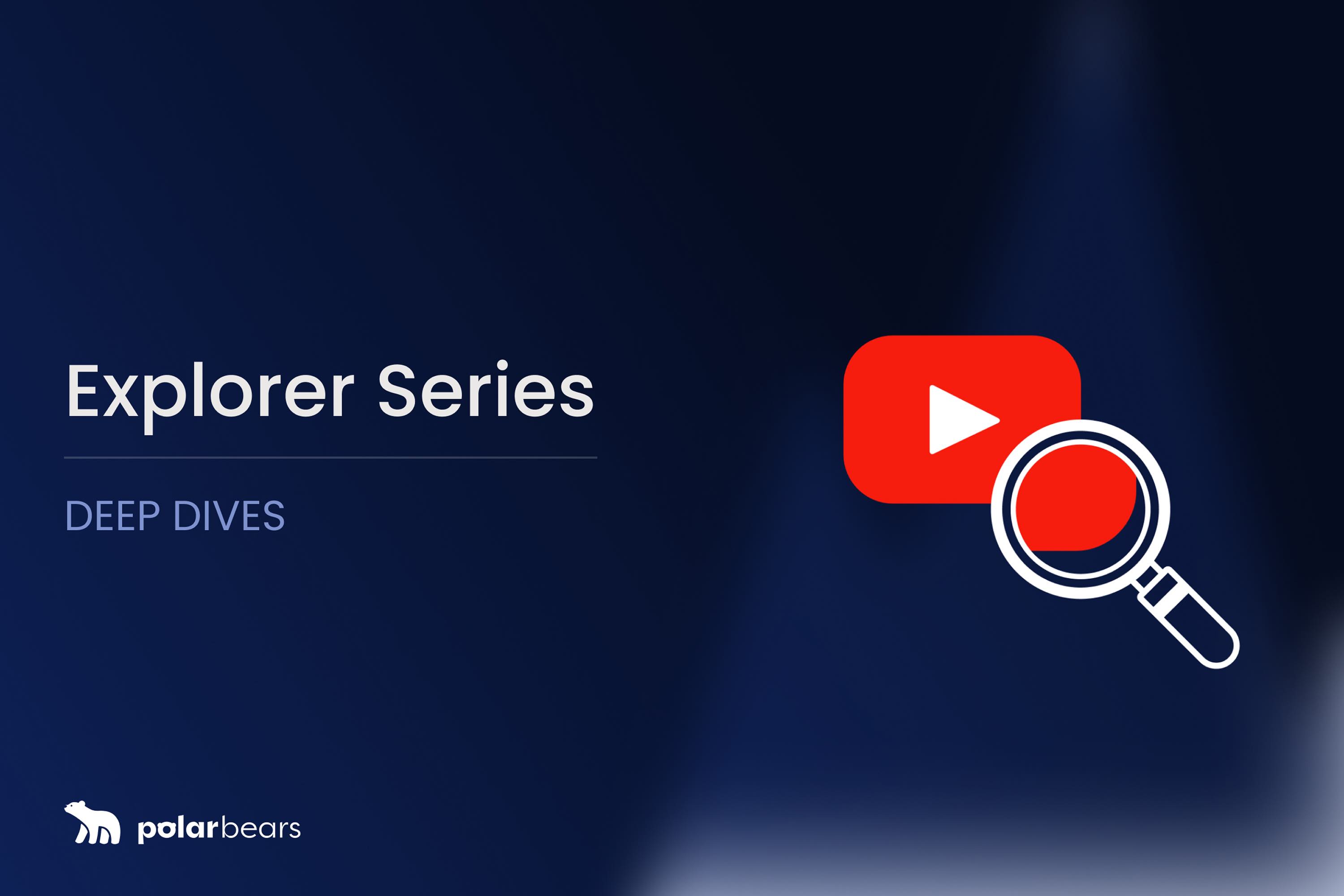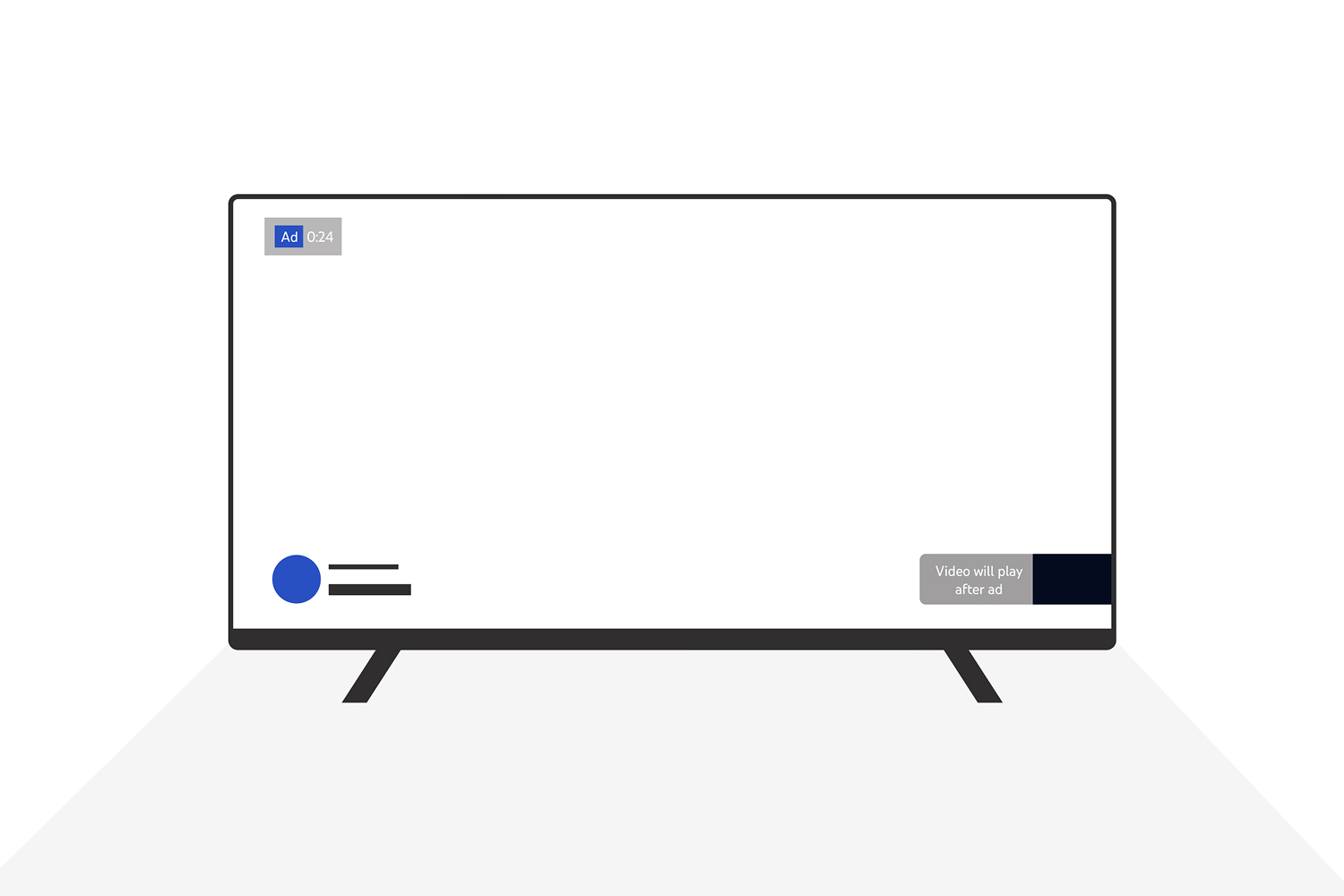The Polar Report #16

Welcome to The Polar Report, a curated view of what’s happening in the world of Digital Monetisation, Audience Development, and Measurement. This week we dive into YouTube Shorts monetisation results, YouTube hinting at AI tools for the future, TikTok limiting kids' screen time, and FAST taking over the UK AVoD market.
Monetisation
YouTube Shorts Creators Report on New Monetisation Program Results
Creators are beginning to share their earnings from YouTube’s new Shorts monetisation program, which launched a month ago.
Popular creator Zach King generated 196.4 million views on Shorts in the first 30 days but earned just $2,900 in revenue, equating to an RPM of $0.02. While some report figures as high as $0.04 RPM, many agree it falls short of expectations.
Despite the low earnings, creators value the brand-building opportunities that Shorts provide. YouTube’s Partner Program already pays billions to top creators, and Shorts monetisation remains an evolving addition. While YouTube faces criticism over its revenue-sharing model, it still outperforms TikTok and Instagram Reels in monetisation potential.
For now, Shorts creators rely on exposure rather than direct revenue, but they hope YouTube improves payouts in the future.
Full Article on Digital Information World
Audience Development
New YouTube Leader Hints at AI Tools for Virtual Outfit and Location Swaps
Neal Mohan, YouTube’s new head, outlined his vision for the platform, including the development of generative AI tools for content creators.
These AI-powered tools will allow virtual outfit changes and AI-generated film settings, improving storytelling and production value. While specific details are unclear, YouTube plans to roll them out in the coming months with safeguards for responsible use.
AI tools have proven time-saving and efficiency-boosting, and if they improve production quality, they could drive greater audience growth for creators. YouTube’s investment signals its intent to remain at the forefront of media innovation.
Full Article on The Verge
Is TikTok Really Limiting Kids' Time on Its App?
TikTok announced a 60-minute screen time limit for users under 18, alongside new parental controls. However, these limits function more as guidance than strict enforcement.
Under 13s: Parents must enter a passcode every 30 minutes for extended screen time.
Ages 13–17: Users can opt out of the limit but must set their own limits if they exceed 100 minutes daily.
With kids spending an average of 75 minutes daily on TikTok, stricter enforcement could impact creators, reducing viewership and stunting growth. For now, the effect remains uncertain, but TikTok’s evolving policies will be closely monitored.
Full Article on Vox
Measurement
FAST Takes Over: Expected to Grab 20% of UK AVoD Market by 2027
A new report from Omdia forecasts that FAST (Free Ad-Supported Streaming TV) will account for 20% of the UK’s ad-supported streaming market by 2027, contributing $500 million of the projected $3 billion market.
FAST channel revenue in the UK has already increased 180 times between 2019 and 2022 and is expected to quadruple within the next four years.
For content creators, FAST provides an opportunity to extend the life and revenue of their productions through strategic distribution. As audience adoption surges, navigating this emerging market will be crucial for global content owners.
If you liked that why not take a look
Ready to maximise your YouTube revenue?
Get in touch and let’s begin exploring your channel’s hidden potential.










